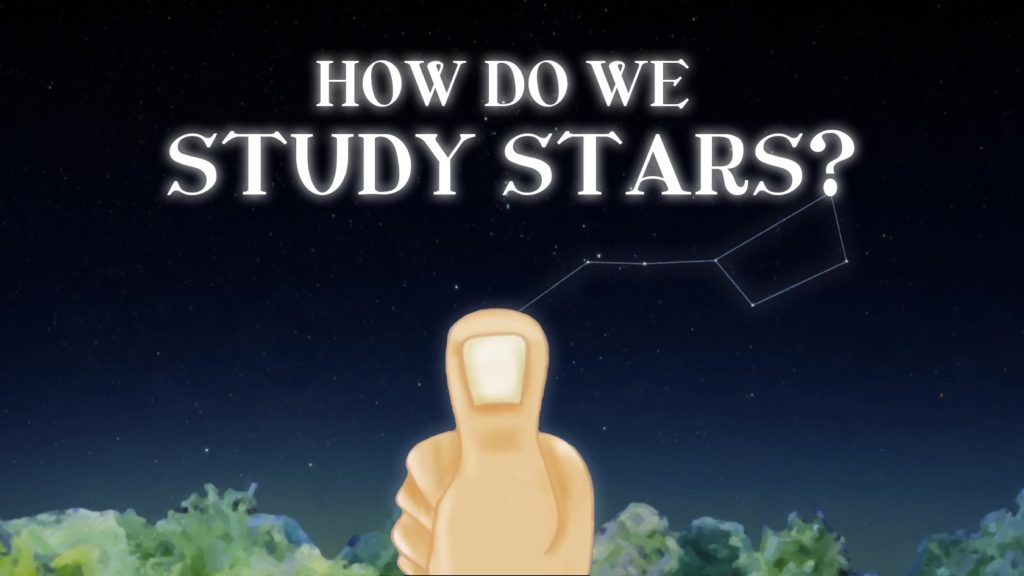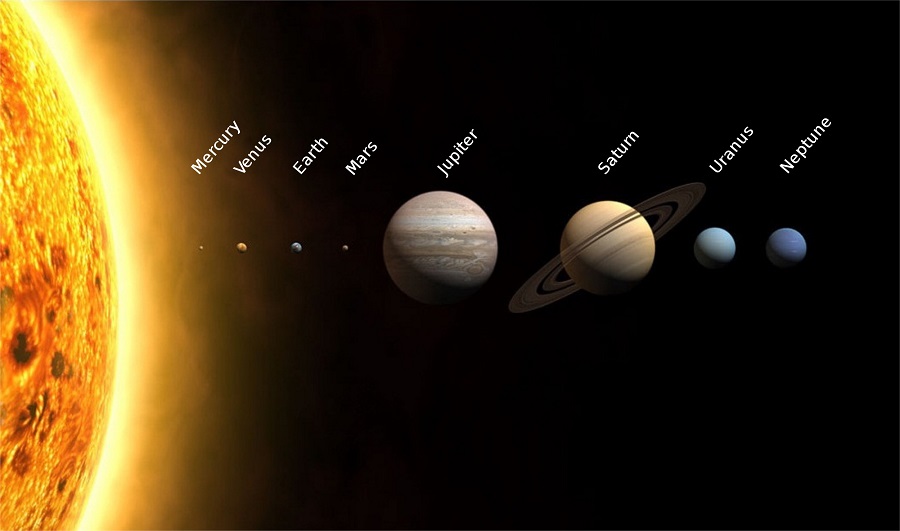How do we study the stars?

“Twinkle, twinkle little star,
How I wonder what you are?”
The glimmering stars have always intrigued the minds of humans. It wasn’t just their beauty that captivated us but their existence. What are they? Where did they come from? What makes them shine? How far are they?
The curiosity about stars gave birth to astronomy, the oldest science in human history, which studies these celestial bodies.
Contents
Astronomy in ancient times
Before telescopes were discovered, stars were observed purely based on what was visible to naked eyes. By identifying constellations, which were affixed to the sky, the skywatchers could track the motion of the sun against the stars; which led to the creation of calendars. The calendars helped them to follow seasons which helped them in agricultural practices; growing crops that would be suitable for the season. The constellations also helped the people to navigate the sea, but the admirers of the stars knew that the stars were the pathway to navigate the universe.
Dispersing Starlight
The universe is infinite. To understand how it all began and what it is made up of we observe the properties of stars. But how do we study something which is billions of light-years away and our only source is its light?
Surprisingly, that’s all you need, the starlight. Light is electromagnetic radiation that transmits in the form of waves. Using an instrument called Stellar Spectroscopy; starlight can be dispersed to the colours of the rainbow which can be used by astrophysicists to study the chemical and physical properties of these celestial bodies.
What are stars made up of?
Each colour of the dispersed starlight is of a different wavelength and they signify different chemical elements. When you look at the spectrum of light, it is covered in black lines, called absorption lines. These dark lines are like fingerprints of atoms. Each type of atom in the solar atmosphere soaks up light at specific wavelengths and the amount of absorption depends on how many of these atoms are there. So by observing how much light is missing at these characteristic wavelengths, we can read out the chemical elements. Now we can know what stars are made up of!
Radiation as a source
Even though the starlight gives us a lot of information it doesn’t reveal the whole story. To understand the stars better, different wavelengths are studied briefly by astrophysicists. These wavelengths include radio waves, gamma radiation, x rays, infrared radiation, and ultraviolet radiation. These waves are emitted from stars which get blocked by the earth’s atmosphere, therefore, can be studied using different kinds of telescopes, radio dishes, and space satellites.
Final thoughts
Our universe is like the ocean where astronomy is our helm of the ship of curiosity and stars are our lighthouse leading us to the treasure of knowledge about how everything came into existence, there is so much to explore pirates!






Responses